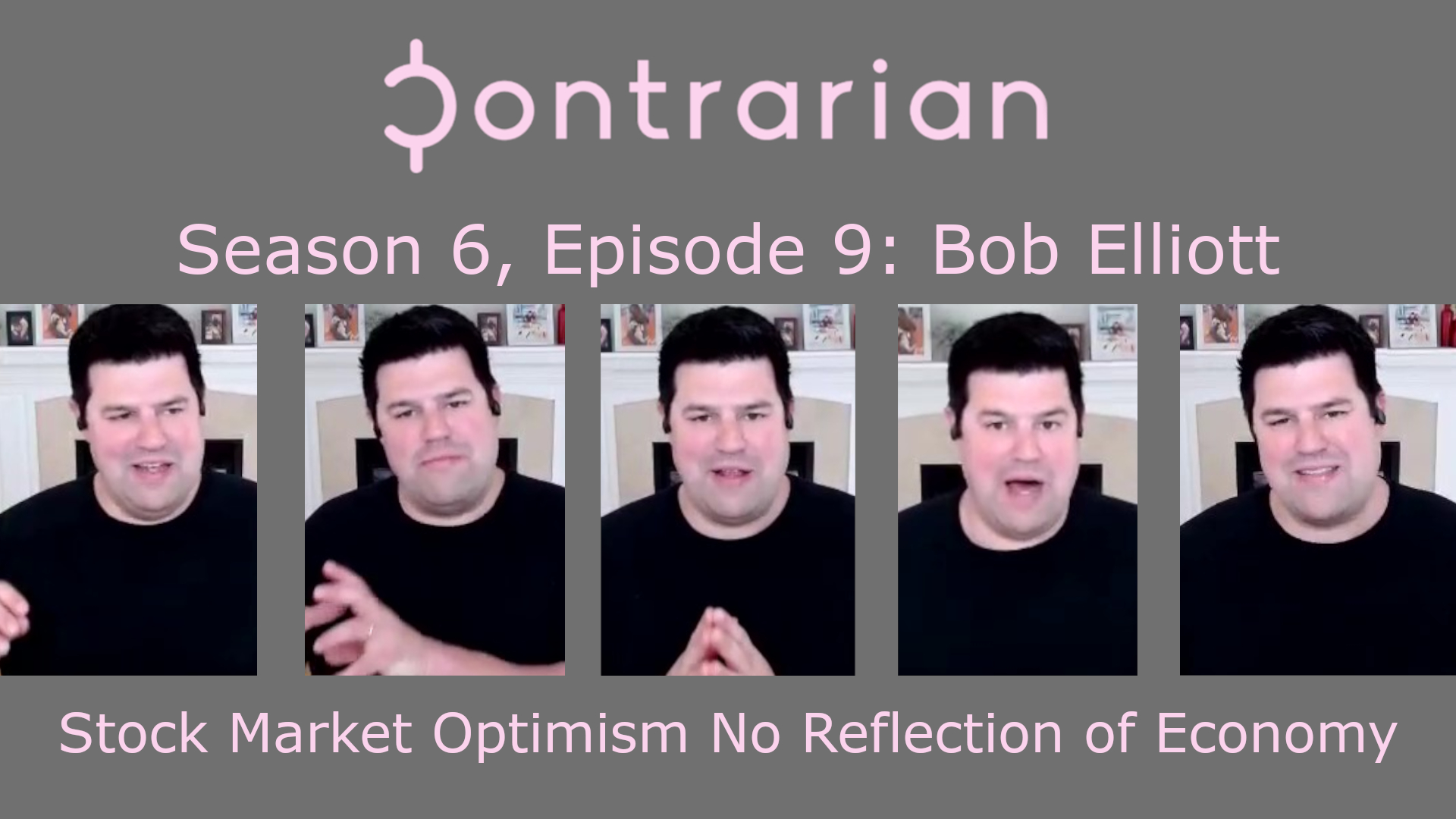With Leo Schmidt, River Eddy Capital
Leo Schmidt, founder of family office River Eddy Capital, rejoins the podcast to discuss his views on economy, markets, and where to invest capital in what may be a ‘stagflation lite’ environment.
- “Labor markets are way too hot.” There will be “no landing” (1:48);
- Non-farm payrolls came out much stronger than anticipated. What this says about the labor market (4:59);
- ‘Stagflation lite’ (8:31);
- Our views of credit creation are outdated. The shadow banking system has replaced commercial banks as the primary source of credit. What this means (11:59);
- The Federal Reserve probably needs to raise rates. Could they? Probably not — this year (22:21);
- What does an investor do now? First up: Stocks that are AI/Nvidia (NVDA) plays. Celestica (CLS), Flex (FLEX), Sanmina (SANM), Jabil (JBL) (27:51);
- Pharma spin-outs: Haleon (HLN), Kenvue (KVUE), Organon (OGN), Viatris (VTRS) (31:54);
- Dollar stores, especially Dollar Tree (DLTR), are poised to outperform once there is an economic slowdown (39:07);
- The bullish case for pipeline companies (46:59).



